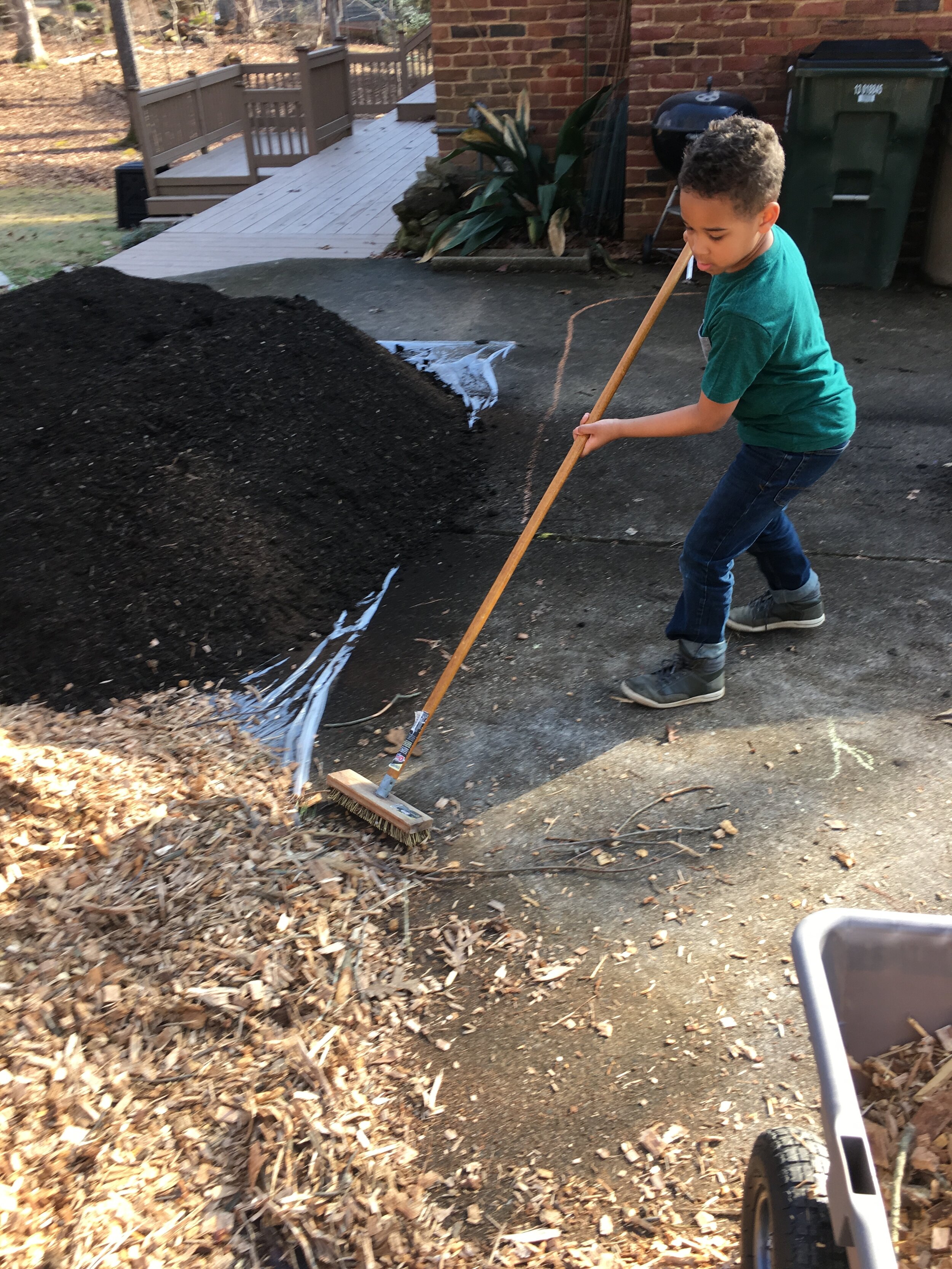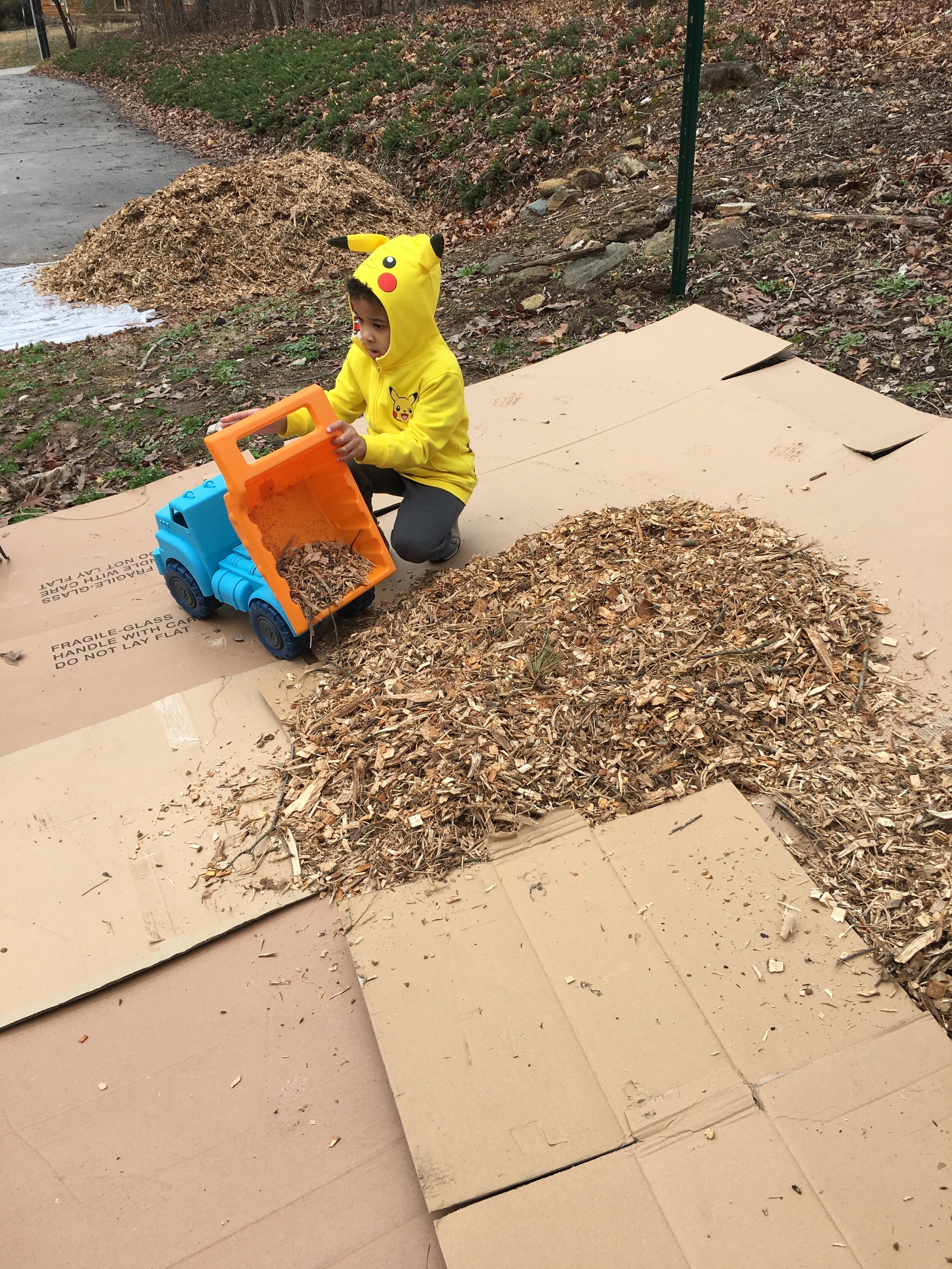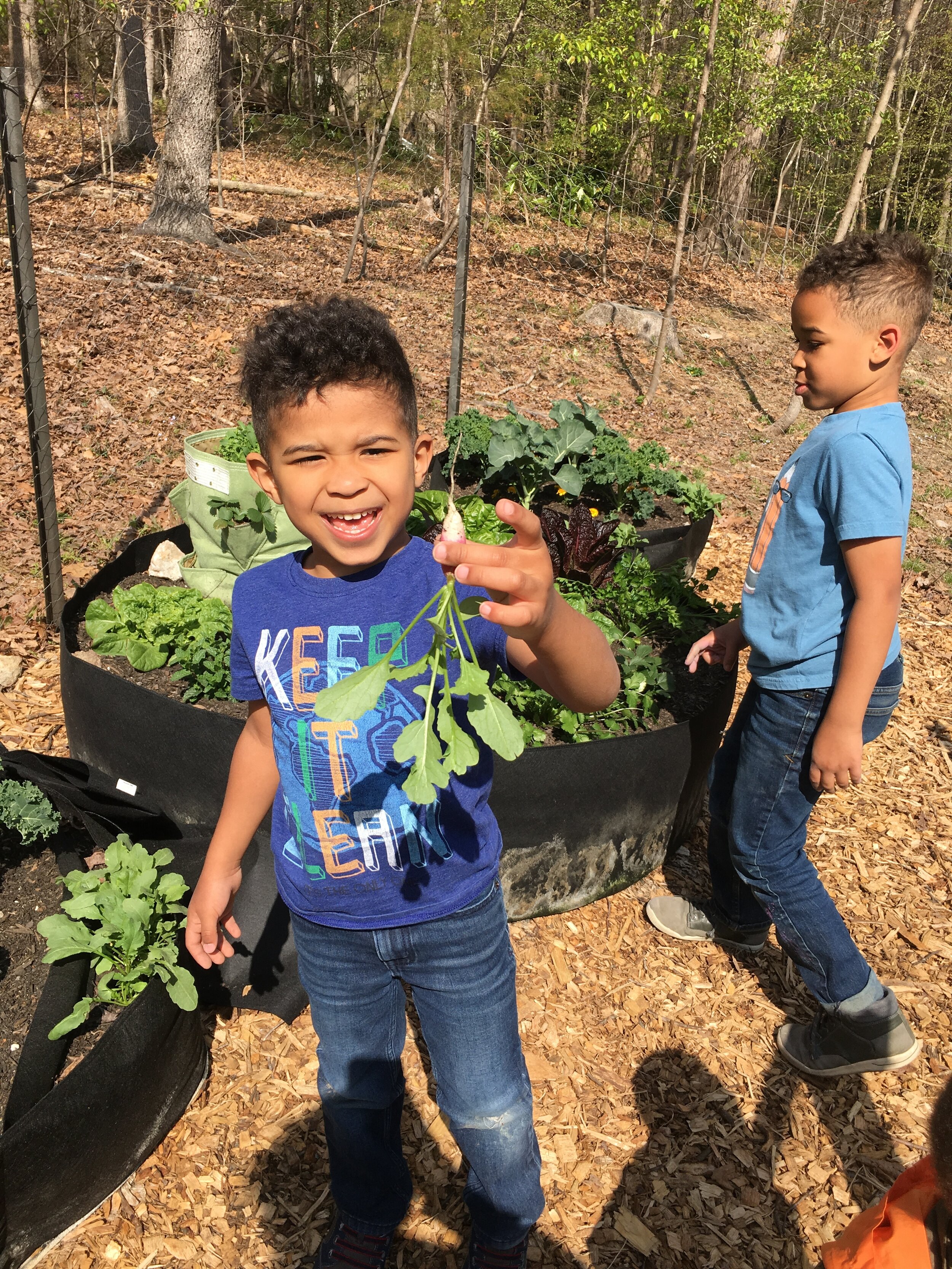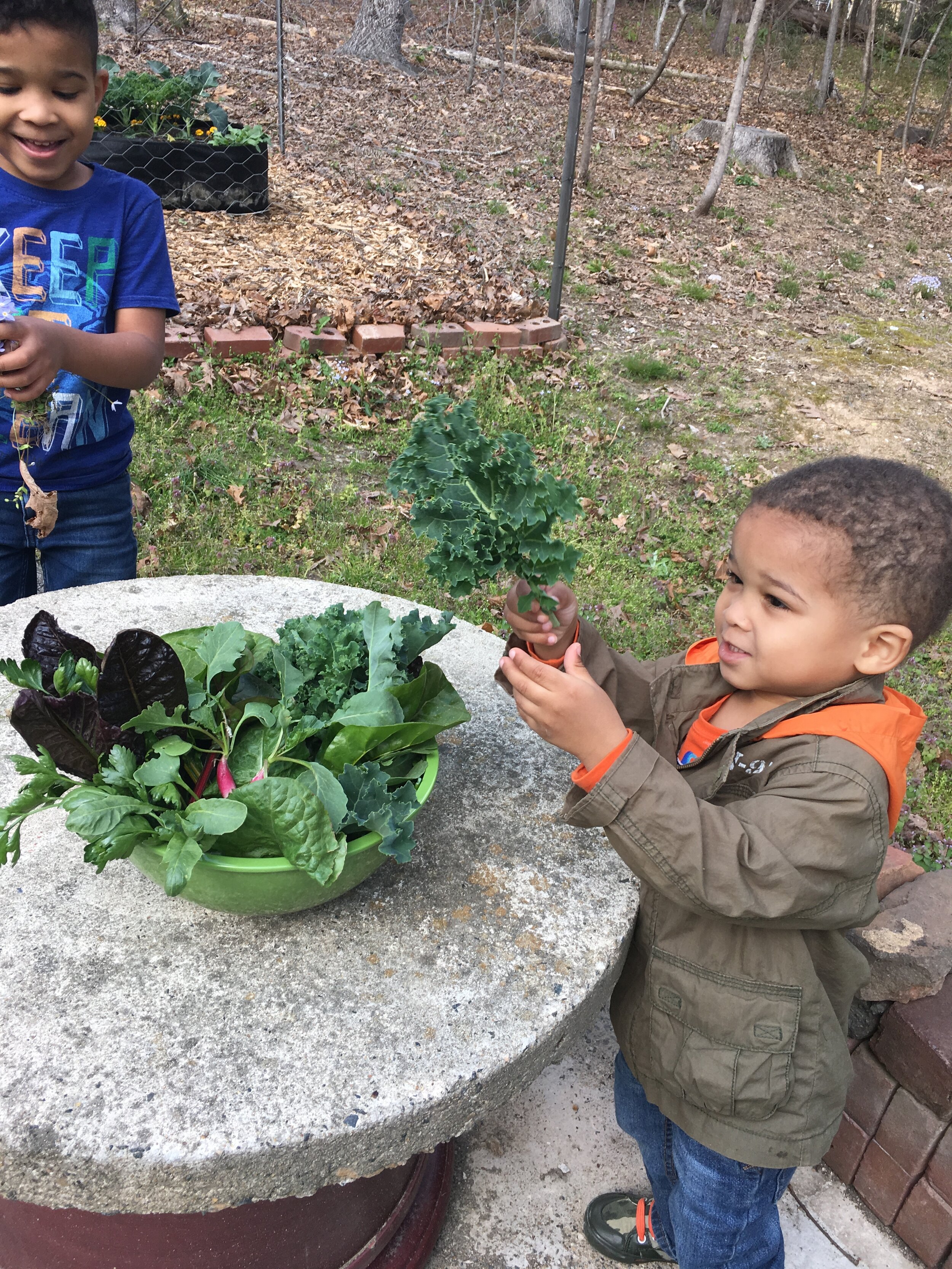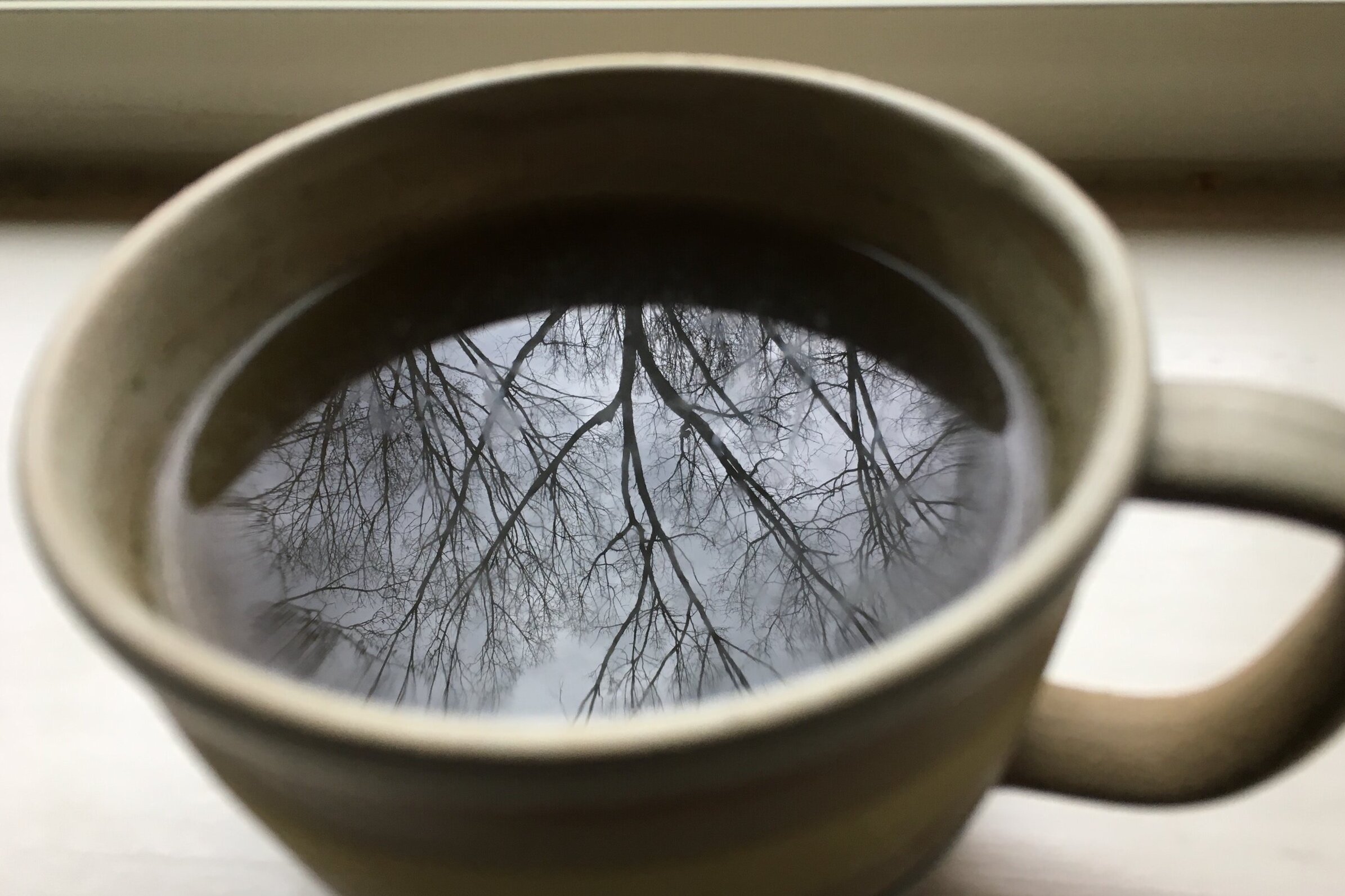Right now my hope is that every person fighting for, and embodying this wave of change, makes it to the other side whole, and still in possession of joy. This season is demanding a level of mental, emotional, and physical stamina that hasn’t been required in decades. So many fractured foundations are being demolished. Young people are on the front lines of old-school protests, and modern misinformation warfare. We are witnessing and truly living in the midst of a revolution. And it is a humbling honor to play any part in ushering change that will leave some aspect of our world in a better state for future generations.
However, in spite of this being another period of revolution in our history, I can’t tell you how many times I’ve seen “unprecedented” used to describe the current condition. I agree with the sentiment to a degree because the global outcry of “Black Lives Matter!” is a brand new phenomenon. But I disagree with labeling this as an entirely unprecedented time because we have faced these challenges before…and simultaneously. Pandemics, civil unrest, protests, and teetering on the edge of economic depression are not brand new circumstances or unknown territories. And when we and/or the media use language suggesting this – vs. acknowledging that history is repeating itself – we risk missing opportunities to learn from our past, craft effective solutions for the future, and take hold of the optimism that comes with knowing we have made it through this before. And not only have we made it through; we have grown stronger through the struggle.
Every arduous journey needs reassurance that some good will come from the hardship. Gleaning wisdom from history can empower us to persist in the face of pain and difficulty. Looking backwards can help us set the pace as we move forward; because sometimes we need to down-shift from sprint to marathon, utilize a relay strategy or… keep our foot on the gas peddle. It also allows us review what we might have missed, or legitimately not have been able address because other issues needed to take priority. And finally, knowing our history is a key to not indefinitely repeating it.
So let’s consider what this country was actually facing 100yrs ago, and hopefully, forge some enlightening connections that are relevant today. At the onset of WWI, in the spring of 1917– a year before the Influenza Pandemic of 1918 – the National Emergency Food Garden Commission was organized in response to food shortages in western Europe and the United States. As farms lost laborers to enlistment, they also faced increased demand to produce for US allied troops who lost farmers and farmland to the battlefield. So the US government produced pamphlets with guidelines for home gardeners to encourage them to join the fight by reducing the consumer burden on American agriculture. This push towards self-sufficiency ebbed over the post WWI years, throughout the Great Depression, and eventually evolved into the Victory Garden Movement during WWII.
What isn’t often discussed is that as early as 1898, George W. Carver produced a host of manuals like these, and distributed them to small black farms to share organic farming methods, help them make the best use of what they grew, and to promote good health through conscious eating.
(Most of his work was lost in 1947 due to a fire in the Carver Library at Tuskegee Univ.) Image Source: HathiTrust via Library of Congress
While we were still in the throws of food shortages, the influenza pandemic, and a world war, there were also the “Red Summer “ Race Riots of 1919. These riots were the mass terrorization of newly returned black servicemen, their families, homes, and businesses by white mobs (often fellow returned servicemen, and off-duty law enforcement). These riots reached from small towns in the south, to northern cities like Syracuse NY, Washington DC, and Chicago IL. The Black Wall Street Massacre in Tulsa, Oklahoma (1921) was one of the last and most well-known of these incidents. This part of our history was quickly shoved under the rug, and excluded from general U.S. history; due to it coinciding with the WWI heroic fantasy of the newly desegregated U.S. Armed Forces making the world “safe for democracy”.
In other words, in the face of the U.S. quest to establish itself as a global beacon of morality, the optics were bad. However, the “Red Summer” was not a finishing blow to the advancement of black citizens in the United States. These attacks just fanned the flames of the early Civil Rights Movement helmed by W.E.B. DuBois, and the Black Nationalist Movement lead by Marcus Garvey. In fact, the leaders of the Mid-Century Civil Rights movement were the children of survivors of the Red Summer. And in spite of all of the turmoil, this was also the inception period for the New Negro Movement; which evolved into the Harlem Renaissance. (additional sources: here, here, and here)
So when we look back roughly 100 years, we were facing a time that looks very much like our world right now – with the added element of a World War.
To quote many a Pastor when they know they’re running long, “Are you still with me? Stay with me now.” … Let’s briefly fast forward to the Civil Rights Movement of the 1950’s and 60’s (a mere 60-50 years ago). This is a more well known time in our history that ran parallel with the post-war / post McCarthyism, non-conformist Beat Generation literary movement, and the counter-cultural Hippie Movement. It also informed the political strategies, and provided a springboard for the Women’s Liberation, and early LGBT Rights movements. And finally, it ushered in a second wave of the back to the land movement that was previously tied to the Anti-Capitalist (and Anti-Socialist) Distributist Movement of the 1920’s -30’s. There was even another influenza epidemic in the early 50’s. However, due to the availability of flu vaccines it was not as devastating in the US as it was in western Europe. Regardless of that missing factor, this period was still a time of urgent Social Justice movements, artistic and literary revolutions, push-back against rampant capitalism, and a need to reconnect with our food production. Whew!
Photo of “Hippy Youth” from the 1967 archives of The Jewish News of Northern California
Are you noticing a pattern? I hope so; because (to reiterate) being able to recognize that there is a precedent for what we’re facing can: A. inform how we navigate this current movement; B. infuse it with the optimism that comes with knowing we’ve been here before, and that lasting (if imperfect) change is continually achieved, and C. the past is full of intersectional revolutions, that also required or inspired people to reclaim control over, and localize our most basic need … our food systems.
Now what is new territory, is that for the first time in the history of these movements, black Americans have the agency, and enough stability to engage, and fight for a seat at the metaphorical farm table. In previous periods, the needs we were marching, and protesting for were such base level requirements of personhood that there was no time to consider a return to the land… our land – still occupied by Jim Crow, and too close to the trauma of sharecropping, and slavery. In previous movements, we were still migrating north in hopes of finding humane employment, and better educational opportunities. Meanwhile the USDA was proverbially looting black farms, crafting discriminatory laws and lending practices, and otherwise disenfranchising black farmers and families who dared to stay in the south. The results have been a detrimental severance from our American legacy, and our food sovereignty. Conversely, the resurgence of young BIPOC farmers, and home growers over the past decade is a tributary movement that reflects a collective healing, homecoming, and a determined hope for our future.
Steadily, and with increasing momentum, we are rediscovering the beauty, and power of our bond (not bondage) to the land. We are establishing a presence and inhabiting space in the naturalist/eco-philosophical forums that discounted the innate wisdom, and scientific acumen of men like Benjamin Banneker, and George Washington Carver. We’re commandeering the lecterns of those that buried the deep knowledge of our indigenous siblings, and demonized the ancestral connection, Shamanism, and Animism that was shared by so many forced immigrants in this country. In short, we finally have the energy to decolonize a cornerstone of livelihood, and wellbeing in any nation… our environmental / agricultural practices and systems.
Black Farmers protest outside the U.S. District Courthouse before a hearing re: their class action lawsuit against the Department of Agriculture in 1999. -Photo by John Francis Ficara via NPR.org
This can be a lot to unpack; but my hope is that looking back fuels a new future for our country. How can the past intersections of social justice, artistic expression, and provision inspire us right now? What cultural vaccine can reduce the likelihood of recurring societal illnesses, and what just needs to be completely dug-out/defunded, and replanted? I understand that history repeating can also be discouraging; but it is the nature of mankind to cycle through a struggle of our best and worst natures, improving a little more each time. What gives me hope is knowing that even violent storms nourish new growth. Likewise, the decomposition, and rotting of old matter creates fertile ground for new growth. And following suit, this wild, stormy, breakdown and decay of what we’ve known for so long, will also carry with it …new growth.

![Calendula [a healing flower]](https://images.squarespace-cdn.com/content/v1/54106eb1e4b07bc380c33036/1592603853623-O6JFWK7ZYUSY5S47LOYR/D17C2398-3293-4600-AC04-8A84AF504EF9-B7562F1D-AF34-4026-8D61-FD4F44EEF2F0.jpg)









